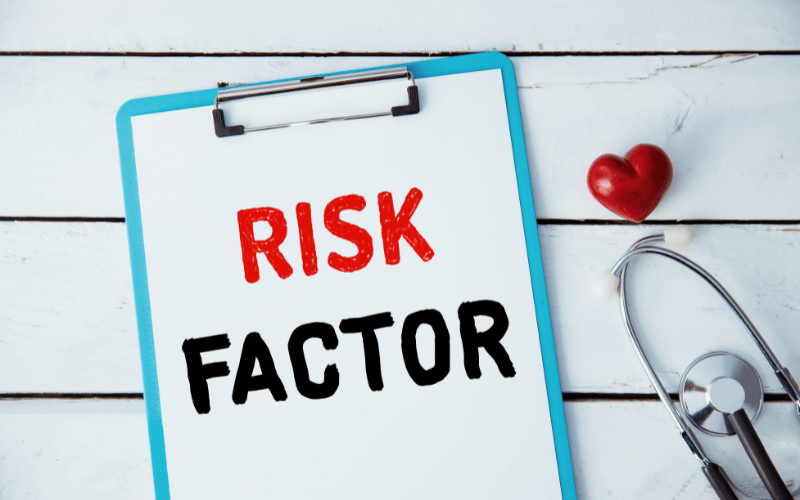Fact 3: Causes and Risk Factors

Anal abscesses play a significant role in the development of fistulas. Picture the anal region, a delicate area frequently subjected to bacterial exposure. Sometimes, infections can lead to pus-filled pockets or abscesses. While many heal with appropriate treatment, others might persist. It’s from these unresolved abscesses that fistulas typically emerge, with the body carving a new path to drain the abscess.
However, abscesses aren’t the sole culprits. Conditions like Crohn’s disease, a type of inflammatory bowel ailment, can create conditions ripe for fistula development. Here, the inflammation spreads deep within the tissue layers, potentially giving rise to these abnormal channels. Even diseases that might seem unrelated, like tuberculosis, can be linked to fistula formation in rare instances.
Physical trauma is another key player in this narrative. An injury to the anus or rectum, whether accidental or due to a surgical procedure, might disrupt the natural tissue barriers. Such disruptions can pave the way for fistulas, especially if infections set in post-trauma.
Certain factors elevate the risk of developing an anal fistula. Chronic conditions like constipation or diarrhea, which place repeated strain on the anorectal region, can make one more susceptible. A weakened immune system, whether from diseases like HIV or treatments like chemotherapy, raises vulnerability. A past history of anal abscesses? That’s another risk amplifier right there.
When one considers the myriad causes and risk factors for anal fistulas, it underscores the condition’s complexity. The human body, in its quest to resolve infections or manage inflammation, can sometimes create new challenges in the form of fistulas. Recognizing and understanding these causative agents can empower individuals to seek timely care. (3)